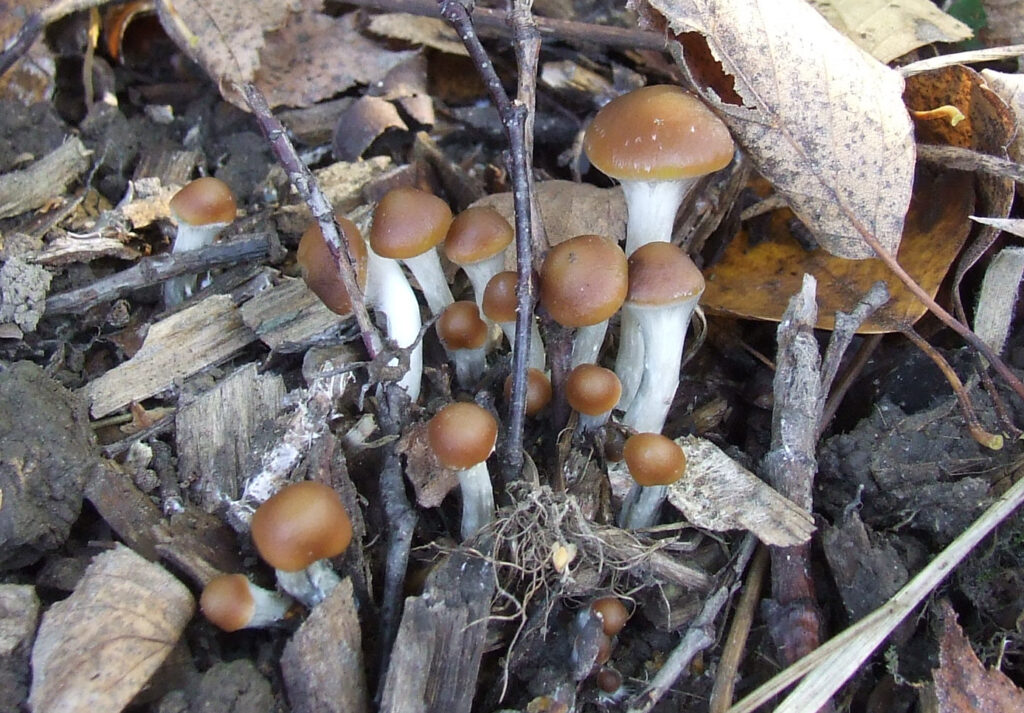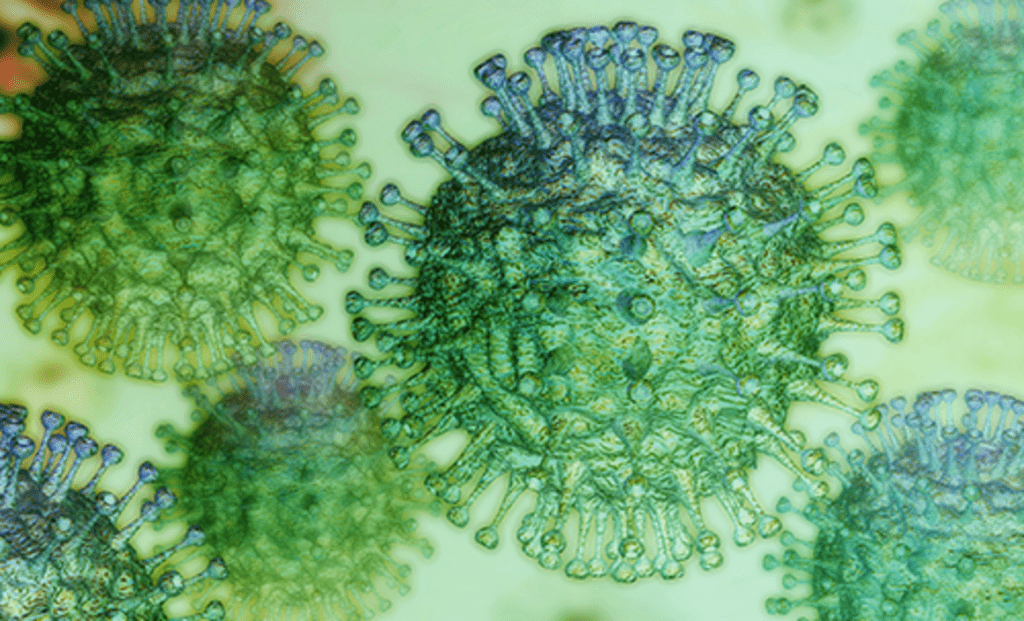Treatent for open-angle glaucoma

I have been diagnosed with open-angle glaucoma. What role does pressure play, and how can I attempt to address this issue with natural methods?
Ophthamolgists and optometrists measure intraocular pressure through tonometry, a relatively non-invasive procedure that provides a somewhat imprecise measurement, and over the years they have noted a clear association between this build of fluid and observable damage to the back of the eye. The problem is that this association has been confused for causation – so that instead of finding out why the pressure is increased, and how this impacts the really important issue of optic nerve damage, the medical profession has been content to use very powerful medicines such as pilocarpine drops to reduce the intraocular pressure. Unfortunately, this reduction in IOP in the front of the eye has no real impact upon the underlying disease and the more important issue of retinal damage at the back of the eye. It is a treatment that is actually used to deceive the diagnostician into thinking that their treatments are working, when they are simply inhibiting their ability to accurately measure the progression of the disease. Open-angle glaucoma occurs more frequently in older people, and has a slower progression, whereas the closed angle can have a rapid onset and usually occurs in young people. Both are caused by a failure of the trabecular meshwork to drain the fluid at the front of the eye. Open angle occurs because the meshwork drains slowly, whereas closed angle is caused by the iris being pushed forward, squeezing the meshwork against the cornea, blocking proper flow. Apart these differences however, the diagnosis between them is mostly irrelevant when we consider the more important issue of damage to the retina, for which there is no real treatment in Western medicine.
In Ayurveda drainage of the eyes is guided by pitta dosha, the bodily humor that relates to ‘bile’. Like Chinese medicine, the eyes have a strong association with the liver, and problems with the liver often manifest as problems in eyes. Thus pretty much in all eye disease we have to turn our attention to the health of the liver. Excess build up of fluid in the eye is a reflection of the excess build-up of bile in the liver – drain the liver and you drain the eyes. In Ayurveda, glaucoma relates to a condition called adhimantha, manifesting generally as painful swelling of the eye, migraine-like headaches and blindness. The swelling of the eye can be caused by several factors, and in Ayurveda is based on the signs and symptoms that can be correlated with the doshas. Thus vata-type glaucoma has a more rapid onset, with dryness and severe pain. Pitta-type glaucoma is associated with burning sensations, whereas Kapha is associated with itching and a sticky discharge. Regardless, the underlying issue is associated to a general problem with pitta dosha, inflammation and liver health. Kapha represents a congestive phase, when excess fluid begins to build up in the eye. Pitta relates to improper drainage of the eyes and retinal inflammation, whereas vata to the resultant nerve damage and vision loss.
In my clinical practice, I find that glaucoma is often associated with metabolic syndrome, and usually see the typical truncal-abdominal weight gain and a reliance upon rapidly digesting cabohydrates in the diet, devoid and deficient in key nutrients including vitamins, minerals, essential fatty acids and antioxidant phytochemicals. The liver is a special target in metabolic syndrome, since it is the first to be affected by insulin resistance, and also because it guides the process of abdominal circulation by ensuring proper drainage. Physiologically, any abdominal fat that accumulates is meant by the body to be a short term energy storage, utilized by the liver when blood glucose has been exhausted, broken down and directed to the liver to generate energy. The high carb diet and resultant liver congestion causes the fat to accumulate, and represents a type of pelvic congestion that is really no different than the edematous inflammation of the eye seen in glaucoma. Reversing insulin resistance in the liver relieves pelvic stasis and abdominal fat, and likewise has benefit in the eyes.
The treatment of glaucoma begins with reversing the underlying dynamic of insulin resistance (i.e. metabolic syndrome), emphasizing a low-carb diet and regular muscle-building exercise (e.g. kettle bells, calisthenics, weight-training). In addition to this, specific treatments are given to the liver and eyes to reduce congestion and inflammation, and prevent degeneration. Useful herbs to reduce the congestive element include Tien Chi, Punarnava, Avens, Eyebright, Goldenrod, Bilwa, Bibhitaki, Pipsissewa, and Cleavers. Useful herbs to reduce the inflammatory element include Buplerum, Turmeric, Dandelion, Bhumyamalaki, Guduchi, Oregon Grape, Rehmannia (raw) and Coleus. Additional herbs to reduce capillary fragility includes those rich in flavonoids and other wound-healing constituents including Amla, Triphala, Hawthorn, Bilberry, Hibiscus, Rose, Nettle, Horsetail, Selfheal and Plantain. Useful herbs to reduce the neurodegenerative aspect of glaucoma includes Ashwagandha, American Ginseng, Rehmannia (cooked), Punarnava, Shatavari, Goji, Atractylodes, Sesame seed and Licorice. Support may also need to be given to ensuring proper circulation, and herbs such as Yarrow, Ginkgo, Dan Shen, Rosemary, Ginger and Black Pepper. Glaucoma is also associated with neuroendocrinal stress, and herbs including Skullcap, Ashwagandha, Milky Oats, Passionflower, Motherwort and Valerian can be used to destress and calm the nervous system. Useful supplements includes vitamin B complex (200 mg daily), folic acid (1 g daily), B12 (1000 mcg daily), vitamin C (2-3 g daily), vitamin D3 (3000-5000 IU daily) vitamin E (d-alpha, 400-800 IU daily), EPA/DHA (1200/800 mg daily), magnesium (800 mg daily), chromium, 200-300 mcg daily), selenium (100 mcg daily), chelated multimineral, CoQ10 (50 mg daily), mixed bioflavonoids (3-5 g daily), lycopene, lutein and zeaxanthin. Topical measures include Triphala ghrita or Netrabindu taila, instilled into the eye before bed, and a Triphala cold infusion eye wash used in the morning. Other herbs that can be used as an eyewash include Triphala, Bilwa, Goldenrod, Eyebright, and Barberry, and in particular, a special solid milk extract called Rasanjana, prepared from Daruharidra (Berberis nepalensis). In Ayurveda special measures include netra tarpana, soaking the eyes in a bath of medicated oil, using preparations such as Triphala ghrita.







